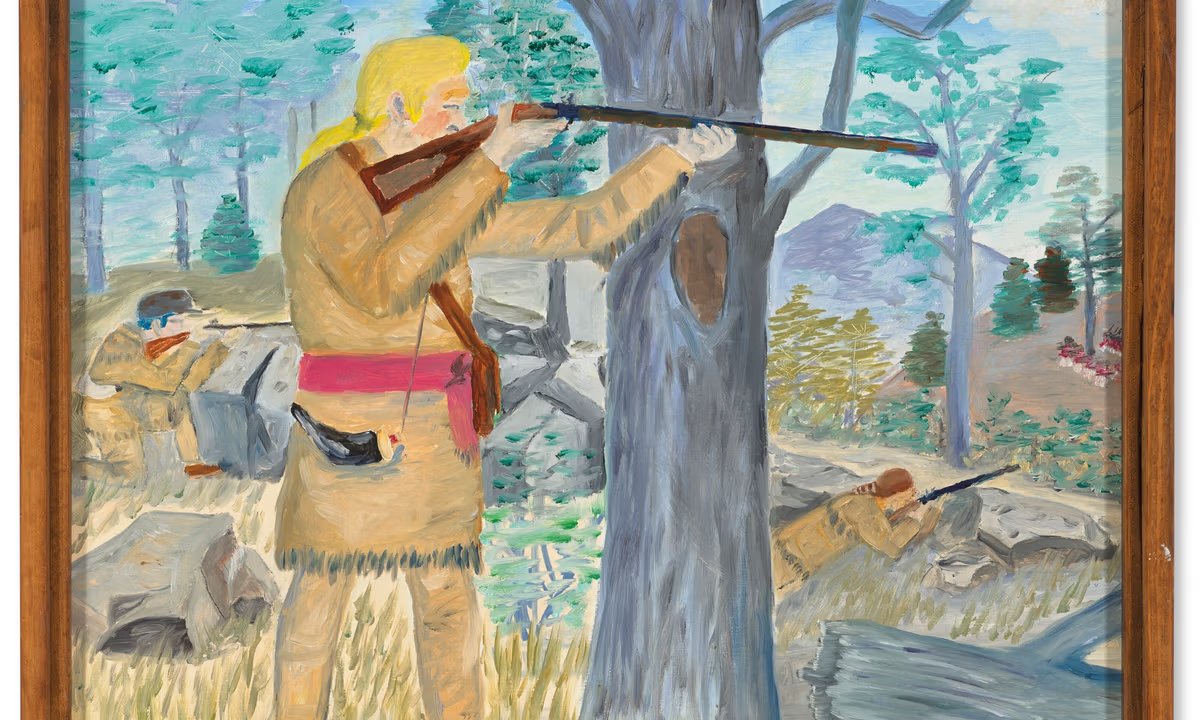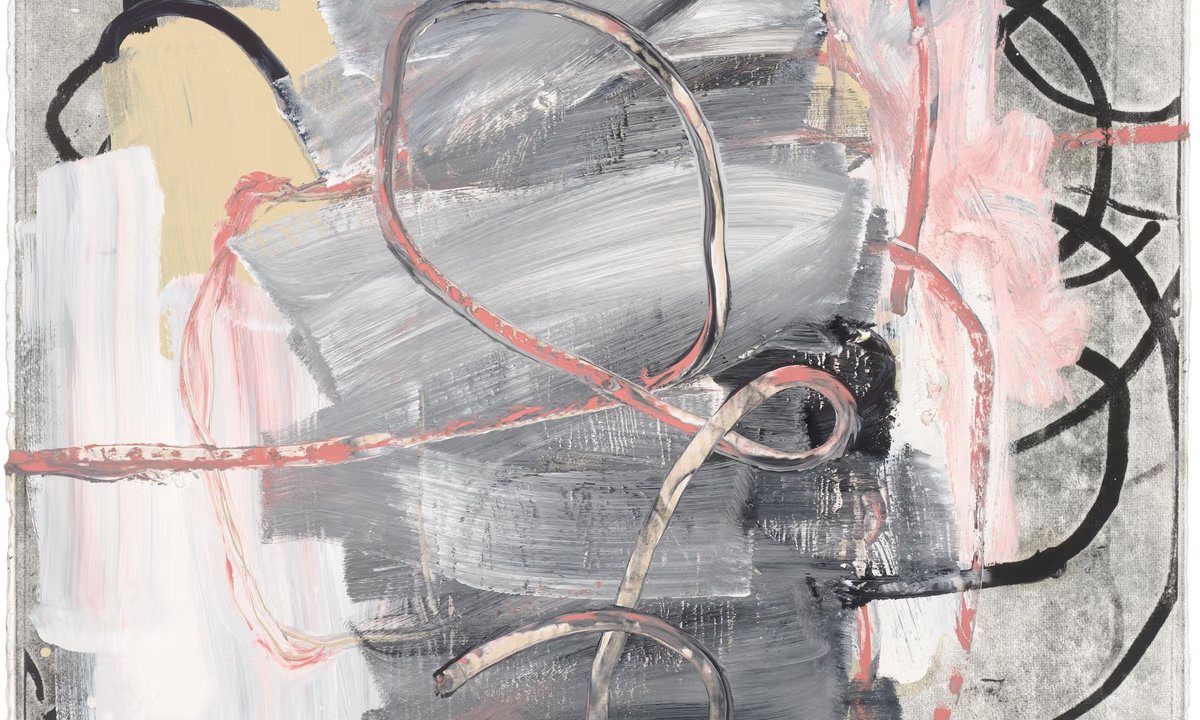Delving into expressive photography as a hobby has become a recent trend for those seeking to capture the essence of subject matter beyond commercial or editorial purposes. This unique field of photography allows for personal creativity and emotional depth, charting its course as a standalone genre amongst enthusiasts.
When curiosity about the genre’s span of knowledge within AI like ChatGtp arose, it prompted an inquiry into the definition and history of expressive photography. The AI’s ability to furnish a textbook-like knowledge base appeared quite robust, covering famous photographers who have indelibly etched their names in the annals of photographic history.
Names like Henri Cartier-Bresson, Ansel Adams, Man Ray, and Diane Arbus came up in the discussion, each a celebrated figure who has contributed significantly to the field. Ansel Adams’ work, for instance, had recently been on display in a small-scale exhibition in Tokyo’s Roppongi, leaving a profound impression with its majestic natural landscapes.
Edward Weston’s name couldn’t be missed in such a conversation about expressive photography. When questioned about Weston, AI instantly referenced the iconic “Pepper No. 30” — a photograph so renowned that it transcends familiarity with the artist’s name. The black and white image of a pepper carries an astonishing presence, with a texture and form that evoke human musculature, resonating even with those lacking photographic knowledge.
Sparked by this iconic piece, there was contemplative experimentation to see if the AI’s image-generation capabilities, like those in ‘Dall-E 3’, could replicate it. An initial request to create a photograph in the style of Edward Weston met with a refusal due to potential content policy violations, alluding to the importance of copyright considerations in AI-generated content.
With a change of approach, and inspired by a recent article about AI generating images akin to famous news photographs, the request was rephrased to solicit a ‘cool monochrome photo of a pepper,’ in hopes of producing something reminiscent of Weston’s revered work. The anticipation was whether AI could emulate the aura of a picture that has left a lasting mark on the world of expressive art.
Importance of Emotional Communication in Expressive Photography
Expressive photography thrives on the photographer’s ability to convey emotions and a sense of atmosphere through images. It is not merely about documenting a scene or subject but about imparting the photographer’s personal vision and emotional response to the viewer. This is a critical aspect of expressive photography that AI assistance needs to recognize to truly replicate such works.
Key Questions and Answers:
– Can AI create truly original art, or does it simply mimic existing styles? AI can generate images that mimic existing styles, but the question of originality in AI art is complex. While AI can produce novel combinations and variations, its creativity is derived from patterns in the data it has been trained on.
– What are the copyright implications of using AI to replicate the work of famous photographers? There are significant copyright issues related to AI-generated content that mimics the work of well-known photographers. AI tools must navigate these concerns carefully to avoid infringement.
Key Challenges and Controversies:
One primary controversy revolves around the ethics and legality of AI-assisted creative processes. These tools raise questions about originality, copyright infringement, and the diminishment of human artistry in the production of artwork.
Advantages:
– AI assistance in photography can help stimulate creativity, offering new ways to explore styles and techniques.
– AI tools can make art more accessible, allowing people who may not have traditional artistic skills to create expressive imagery.
Disadvantages:
– Overreliance on AI could stifle individual learning and the organic development of artistic skills.
– There may be an erosion of value in human-created art as AI-generated content becomes more prevalent.
To explore further about the general domain of AI and its intersection with creative industries, here are related links:
– Adobe
– OpenAI
Each of these domains offers insights and tools at the forefront of AI’s application in creative fields, such as photography and other forms of digital art.






